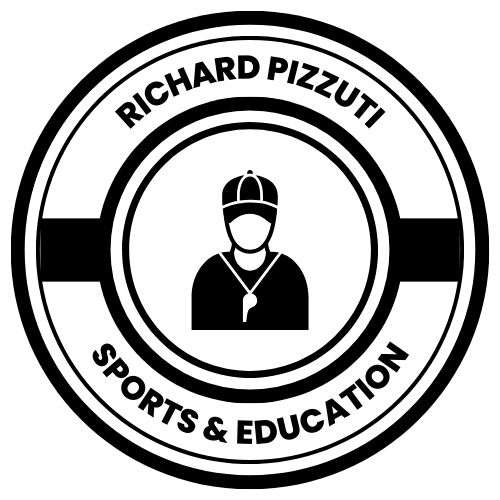Writing a professional resume is one of the most important steps in the job search process. Your resume is often the first impression potential employers have of you, and it needs to showcase your skills, experience, and qualifications in a clear and compelling way. A well-crafted resume can set you apart from other candidates and help you land an interview.
Here are some essential tips to consider when creating your professional resume.
First, focus on clarity and simplicity. A resume should be easy to read and well-organized, with a clean layout and consistent formatting. Use a professional font like Arial or Times New Roman, and keep the font size between 10 and 12 points. Avoid using too many different fonts, colors, or graphics, as these can make your resume look cluttered and unprofessional. Instead, use bullet points, bold headings, and clear sections to make your resume visually appealing and easy to navigate. Keep your resume to one or two pages, focusing on the most relevant information for the job you’re applying for.
Next, tailor your resume to the job you’re seeking. This means customizing your resume for each application by highlighting the skills and experiences that are most relevant to the position. Carefully read the job description and identify key qualifications the employer is looking for. Then, adjust your resume to emphasize how your background aligns with these requirements.
For example, if the job calls for strong project management skills, make sure to showcase your experience in this area prominently in your resume. This tailored approach shows employers that you’ve taken the time to understand the role and demonstrates your suitability for the position.
Highlighting your accomplishments is another key aspect of a professional resume. Instead of simply listing your job duties, focus on the achievements and contributions you made in each role. Use specific metrics and examples to quantify your accomplishments, such as increasing sales by a certain percentage, managing a successful project, or leading a team to achieve a goal. These concrete examples provide evidence of your abilities and give potential employers a better understanding of what you can bring to their organization.
Another important tip is to use action verbs and concise language. Start each bullet point with a strong action verb, such as “managed,” “developed,” “created,” or “improved.” This approach not only makes your resume more dynamic but also clearly communicates your role and impact in previous positions.
Keep your descriptions brief and to the point, avoiding unnecessary jargon or overly complex language. The goal is to convey your qualifications quickly and effectively, so focus on being clear and direct.
Finally, proofread your resume carefully. Spelling and grammar mistakes can leave a negative impression on potential employers and detract from your professionalism. Take the time to review your resume thoroughly, and consider asking a friend or colleague to proofread it as well. It’s easy to overlook errors in your own writing, so a fresh set of eyes can be invaluable. Additionally, double-check all contact information, dates, and job titles to ensure accuracy.
By focusing on clarity, tailoring your resume, highlighting accomplishments, using action verbs, and proofreading carefully, you can create a professional resume that effectively showcases your qualifications and increases your chances of landing the job you want.

